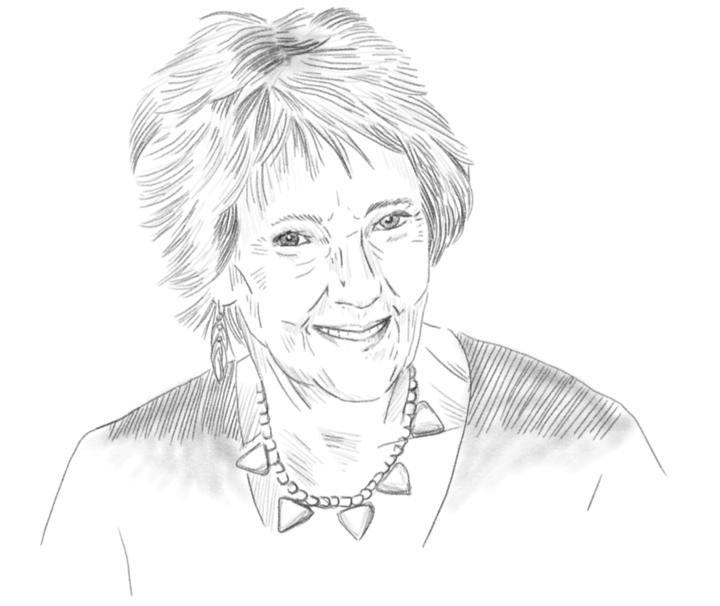A Pandemic within a Pandemic
Lockdown was a controversial measure, then and now, hotly debated with some countries like Sweden outright rejecting the idea. However, it worked to a degree for us; cases of COVID went down and the death toll slowly but surely receded, before measures were reversed. From Thursday onwards, we have round two of quarantine, as we stand on the cusp of a second wave of COVID. Round one would dictate that this is a helpful, essential measure fighting this pandemic. However there is a disease which thrived during our brief stint with lockdown: violence.
Violence as a disease
The word ‘disease’ holds traditional associations with germs, transmission between people and lack of hygiene. However, there are those that argue that violence should be treated as a disease and be tackled using public health policies. There is a rising notion that violence shows characteristics of a contagious disease- namely that people who engage in violent behaviour were once victims of violent behaviour themselves. The same way in which someone who spreads a disease must first catch the disease and suffer its effects before passing it on. This idea can explain why certain areas in the world have consistently shown high rates of violent crime – the violence is spread within its inhabitants, passed down through generations.
In the traditional sense of a ‘disease’ violence can be profiled in the same way; it has risk factors, public health measures to prevent/’cure’ it, implemented by the likes of ‘Cure Violence’ and ‘World Health Organisation’ as a means of reducing its effects and containing it.
How does lockdown ‘exacerbate’ violence?
The majority of sources, reporting on the pandemic, failed to mention the incredible surge in domestic abuse during the world’s most recent quarantine period. As a nation, we became fixated on our relationship with the outside world and some of us found ourselves locked into a greater hell which experts are calling ‘intimate terrorism’.
The statistics support the idea that lockdown (while initially showing a large dip in recorded violence on the streets worldwide) enabled strained relationships and difficult interactions to move into the realm of domestic abuse. Spainish authorities showed an 18% rise in domestic abuse calls compared to the previous month prior to lockdown. France's Interior Minister reported a 30% spike in cases relating domestic abuse. BBC’s panorama report on domestic abuse shows 2/3rd of women in abusive relationships to have seen an increase in the abuse they suffer whilst 75% of victims say lockdown made it difficult to escape their abusers for even a short period. The UK reported an 80% surge in people trying to access domestic abuse helplines.
Arguably, this rise in domestic abuse is a predictable one. Spending more time in the presence of a known abuser will undoubtedly see a bad situation become even worse. Year on year, we’ve seen spikes in cases of domestic abuse during prolonged holiday periods, especially Christmas. In the context of this pandemic, we’ll see a rise in unemployment, financial instability, widespread low mood and depression which are risk factors for violence. And like the disease that it is, exposure to domestic abuse in homes with children increases their future risk of being perpetrators of violence later down the line.
Is Quarantine Pt. 2 going to be any different?
The government had devoted £2 million to aid domestic abuse helplines and launched a social media campaign dedicated to tackling the issue. But from a practical perspective, how would a victim of abuse, unable to leave the house and under 24hr supervision access social media to reach out for help?
If you are anyone you know have been affected by any of the issues discussed there are a range of helplines and charities you can contact which provide support.
REFUGE offers support and information for women and children who experience violence and abuse. They offer a free 24 hour helpline service - 0808 2000 247.Their website also has a lot more information on how we can help others at risk - Refuge.org.uk
WOMEN’S AID is a grassroots federation which provides life-servicing services to support and help women and children who have experienced domestic abuse. The helpline for Women’s Aid England is 0808 80 10 800 but they have sister federations across the UK. More information can be found at womensaid.org.uk
MEN’s ADVICE LINE provides advice and support for men experiencing domestic violence and abuse. They help particularly with men experiencing abuse by a ex-partner or family member. They can provide confidential support through their helpline - 0808 801 0327 and more information is found at mensadivceline.org.uk






